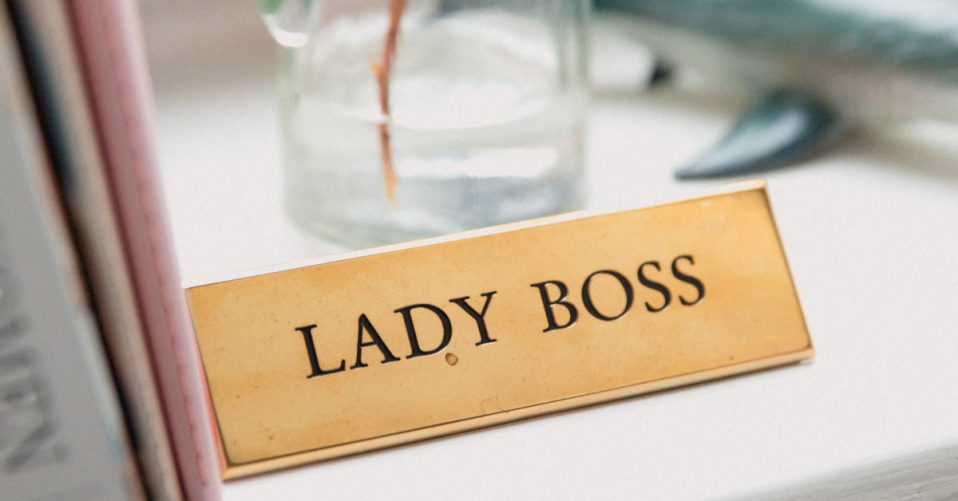By: McCrindle
One of the key definers of 21st-century workplaces is ‘diversity’. A major component being how women are represented in the workplace, in overall participation and in leadership roles.
Workers, particularly the emerging generation of workers, who’ve been shaped in an era of greater cultural, gender and generational diversity, expect their organisations to reflect the broader society in which they operate.
For a large proportion of Generation Z, their leader being born outside of Australia (75%), being a woman (67%) or being the same age as them (66%), makes no difference to them. The majority of those who didn’t select ‘makes no difference’ stated that those characteristics in leaders are positive!
The benefits of demographic diversity in a workplace as well as in other areas, such as personal characteristics, education or tenure within a company, enables organisations to be more competitive and connect with a wider, more global audience.
In order for organisations to achieve this, it is important to understand what some of the barriers to diversity are:
1. Being the ‘only one’ in your workplace
When people feel like they don’t belong in a community or workplace they can feel a sense of ‘onlyness’.
McKinsey noted in their report ‘Women in the workplace’ that women are three times more likely to experience an ‘only’ moment when they are the only female in a room (20% of women experience this compared to just 7% of men). Women are more likely to experience discrimination in the workplace than men, but being the only woman is even more discomfiting and has far-reaching effects.
Solitary females in a workplace are more likely to: have their judgement questioned than women working in a gender-balanced environment (49% cf. 32%); be mistaken for someone more junior (35% cf. 15%); and be subjected to unprofessional and demeaning remarks (24% cf. 14%). Women who experience ‘onlyness’ are also more likely to contemplate leaving their jobs (26%) than other women (17%).
2. Women consistently underrepresented at the top
Societal shifts mean more women are in the workforce now than at any other time in history. For example, due to the rising cost of living, many households need a dual income.
There’s still work to be done, however, as women comprise only 17% of CEOs and 30% of Directors in ASX 200 companies even though women make up almost half (47%) of Australia’s workforce.16
According to our research, three in four employed Australians (74%) consider equal representation of women on company boards and in corporate leadership to be important, yet 48% believe not enough progress is being made towards this.
3. The need for flexible working conditions
To ensure women and men have equal opportunities, workplaces need to prioritise flexibility to allow not just mums but also dads, to thrive in their careers.
More than two in five employed Australians (44%) either agree that not having adequate flexible working options holds back Australian workplaces from achieving 50% parity between men and women in senior leadership roles. This is followed by a lack of support for women exiting the workplace for family reasons (41%).
The emerging generation of workers who are post-dialectic in their nature, seek both career advancement and a family, are also placing a very high value on flexible working options.
To allow for this increasing expectation, organisations need to provide flexibility workplace conditions, critical for overall employee attraction, retention and engagement.
Many organisations have already implemented practical strategies to achieve this such as:
- flexible working hours
- job sharing opportunities
- extended parental leave
- teleworking options
- senior leaders modelling healthy work-life balance
- shared leadership roles, and
- tracking metrics of wellbeing and performance.
If we want to reduce a sense of ‘onlyness’ amongst women and more women in leadership, then we need organisations to prioritise flexibility that enables women, and parents generally, to thrive in the workplace while juggling competing priorities.
Article supplied with thanks to McCrindle.
About the Author: McCrindle are a team of researchers and communications specialists who discover insights, and tell the story of Australians – what we do, and who we are.




